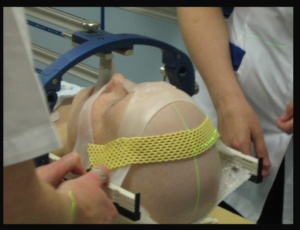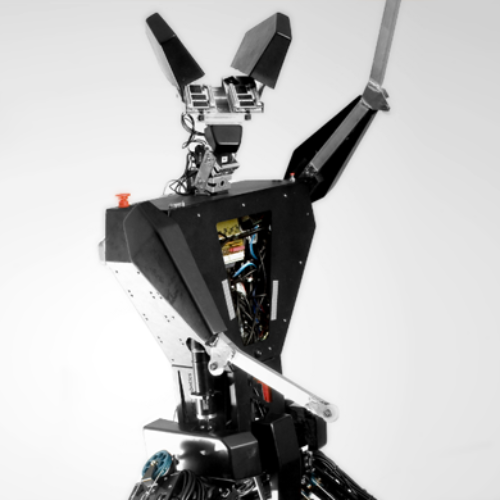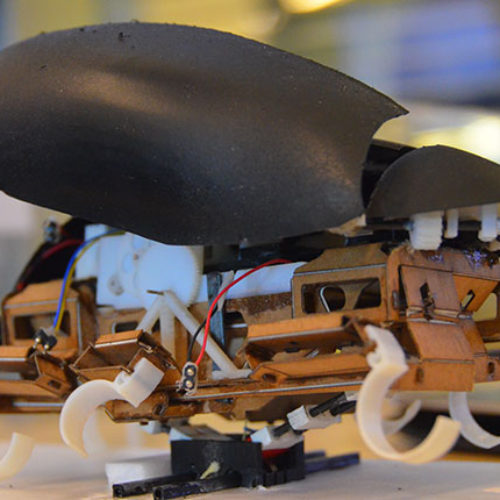Robotics Making Radiotherapy More Accurate
Radiotherapy is an important part of cancer treatments, but the patient has to be very still while it is being administered. Any movement can mean the radiotherapy is hitting tissue surrounding the diseased area, and even if it is just a few millimetres off course the treatment will be less effective.
Advanced Radiotherapy Technology
Radiotherapy targets cancers and tumours with intense radiation energy the idea being to destroy the diseased cells. The problem is that if the patient moves while it is being administered, good cells around the targeted area can be damaged. This can be particularly dangerous if it is the brain or spine that is being treated.
One of the main advantages of radiotherapy is that it is not invasive, so no surgery is required to administer it, resulting in a quicker recovery period.
Now the Cyberknife system has been developed and it is the most accurate way of targeting cancer with radiotherapy.
Accuracy Every Time With Cyberknife Robotic Radiosurgery
Called Cyberknife Robotic Radiosurgery, this treatment can adjust the target of the beam if the tumour moves and can be administered from any direction. This can be very useful when the brain is being treated as it means there is no longer any need for the head to be clamped in position. The frames the head is clamped into can be uncomfortable and distressing for the person receiving the treatment.

Building a mask and frame
There is also the problem of children to consider. If a young child needs to have radiotherapy on their brain, a frame and clamp are unsuitable, as their bones have not yet hardened. The frames and clamps can cause damage to their skull, something that the medical profession desperately want to avoid.
The conventional method of radiotherapy for the head involves several stages that must be followed without deviation, and usually this is done daily for several weeks. With Cyberknife, as it is a more direct beam of radiation often 5 treatments is enough, sometimes less is required.
When a patient has cancer on their spine, vertebrae can move slightly even though the patient is lying perfectly still. The Cyberknife will adjust for this movement, meaning there is much less chance of damaging the spine and the patient ending up unable to walk.
The Ease Of Cyberknife Treatment
When being treated, the systems computer controlled robot moves round the body to deliver radiation from various locations. Each time it stops the robot will determine exactly where the radiation needs to be targeted. The patient has to do nothing except relax. For most patients there are no side affects from Cyberknife Robotic Radiosurgery, and they are able to resume their normal life as soon as the treatment is finished.
Cancer is a frightening disease for anyone to be diagnosed with, and advancements in technology such as the Cyberknife will hopefully make it possible for more people to beat it.
You might also like
The Dream Project – robots are helping children with autism
Do you remember NAO? A humanoid robot designed to help people in everyday tasks and be their companions? NAO was also used to help children with autism improve their social
TUlip
TUlip has been designed and realized in 2009 by the Eindhoven University of Technology in cooperation with the Delft University of Technology, the University of Twente en Philips. The TUlip
JumpRoACH – robotic insect that jumps
Do You like cockroaches? Brrrr. Neither do we, but this little insects are quite efficient species and scientists keep using them as a models to create robotic crawling creatures which



